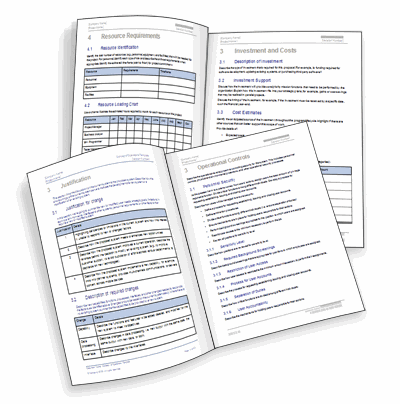Business Writing
10 Step Guide to Better Business Writing
Look at how Hemingway does it.
His writing style is crisp, direct and engaging. All the signs of a great writer. Look at how he makes long sentences short, mundane subjects interesting, and clips along at a nice pace. And without ever losing the thread.
Business writers can use these techniques to improve business plans, proposals, white papers and case studies. Let’s get started.

Klariti – How to Write Case Studies ebook
10 Step Guide to Better Business Writing
Here are some ways to improve your business documents:
- Highlight the Benefits to the Reader – Write from the reader’s perspective. Instead of writing about you and your products, turn it around and show the reader what’s in it for them. How does this proposal solve the company’s financial problems? How does this email keep the project on track? How does this procedure simplify complicated business processes?
- Give the reader a compelling reason to open your email, read it through, and then take action. We’re all the same. When you get a business proposal, you’re first reaction is, “What’s in it for me?” It is your job as a writer to tailor the material so that it answers these questions.
- Write at Appropriate Level – Match your writing style and choice of words to your audience. Do not use complex terms or jargon that the reader will not understand. Likewise, do not use simple terms or use poor examples if the reader is capable of understanding your material. They’ll assume you’re being condescending or patronizing them. Get the tone right and go from there.
- How to Structure Paragraphs #1 – Business letters are not read the same way as articles, reports, or books. Usually, they are read by people in a hurry. Business people looking for answers. Quickly. Structure your material so that it’s easy for the reader to find the answers to these questions. Don’t make them dig it out. Use short paragraphs, lots of information rich headings, bullet points and useful summaries.
- How to Structure Paragraphs #2– Fine-tune each paragraph for purpose, content, and function. If you have a paragraph that cover more than one idea, consider dividing it into two or more paragraphs. Likewise, if two paragraphs cover the same ground, merge them into one.
- Be Specific – don’t mix two ideas in the same paragraph. Make it easy for the reader by giving each topic its own paragraph. Use language that describe your ideas correctly and highlights the relative importance of each concept.
- Understand Relative Importance – Use phrases such as “most important,” “major,” or “primary” when discussing business concepts you want to emphasize. Use phrases such as “a minor point to consider” or “least important” to introduce ideas of less importance.
- List Key Points – Use verb-leading lists whenever possible. These are lists that start with a strong action verb. Lists also help the reader identify the important points and get a feel for the material with a quick scan.
- Prioritize Information – Consider how you introduce and position important information. Remember, content at the start and end of the paragraph tend to be read first. People scan documents. Critical business information buried in the middle of long paragraphs is easily overlooked. Knowing this, put important information in high-visibility points.
- Get the Tone Right – Consider the tone and word choice when writing negative or critical communications. For example, in a ‘negative’ project assessment email, you can thank the team member for reader for their input or involvement but state that you cannot comply with their wishes. Then follow this response with your explanation.
Business writing is not difficult but…
Business writing is not difficult. What makes it hard is that the way we approach it defeats our purpose. Your goal as a business writer, oddly enough, is to write less.
Why?
Because every time you write something, you goal should be to push it towards completion. Write your emails so that your team knows what to do next and don’t come back looking for clarification. Write your status report so that your Project Manager know the risks and issues and doesn’t reply looking for more information.
PS – do you have a favorite book by Hemingway?
About the Author: Ivan Walsh writes on the Business Plan Blog at http://www.ivanwalsh.com

